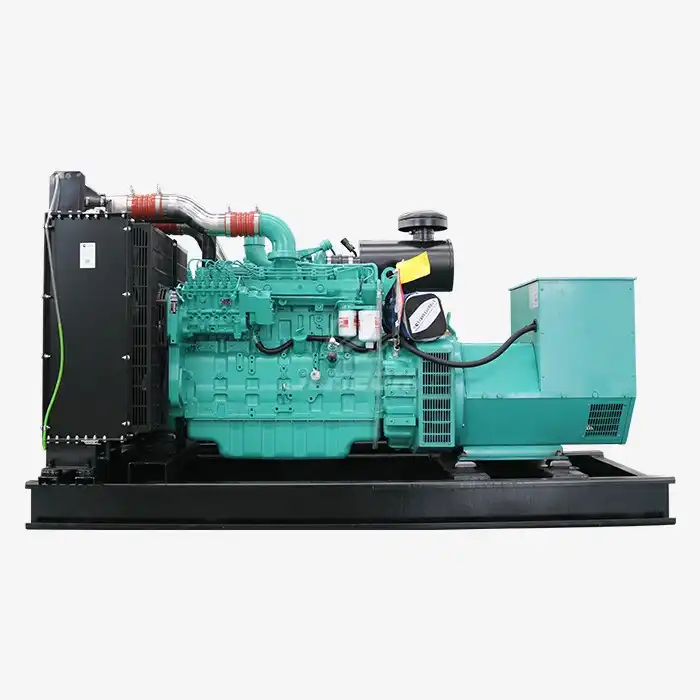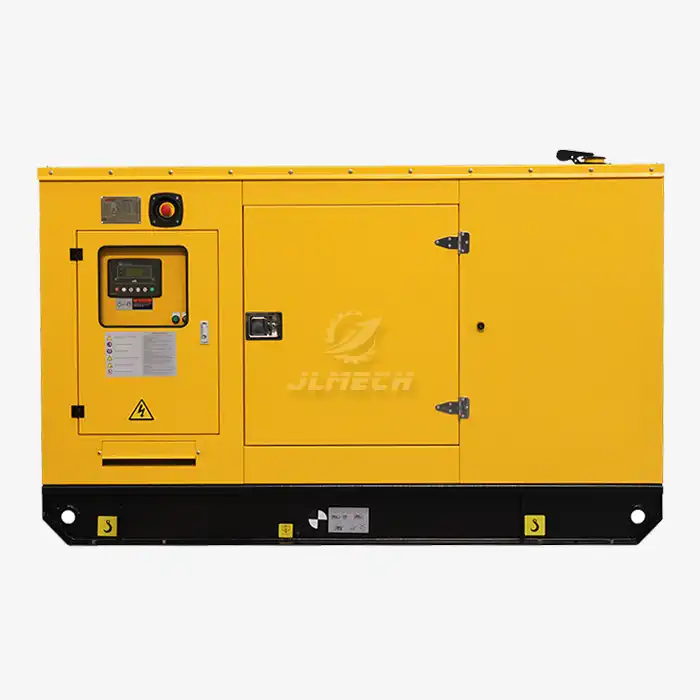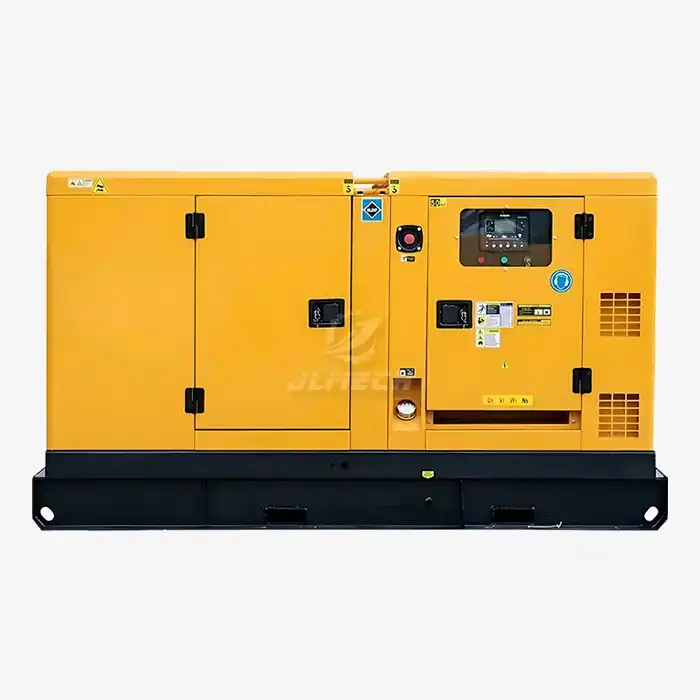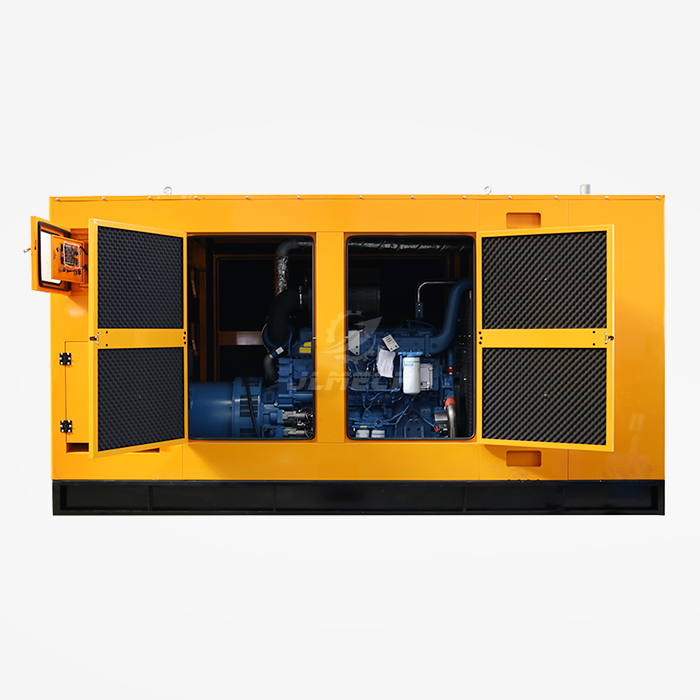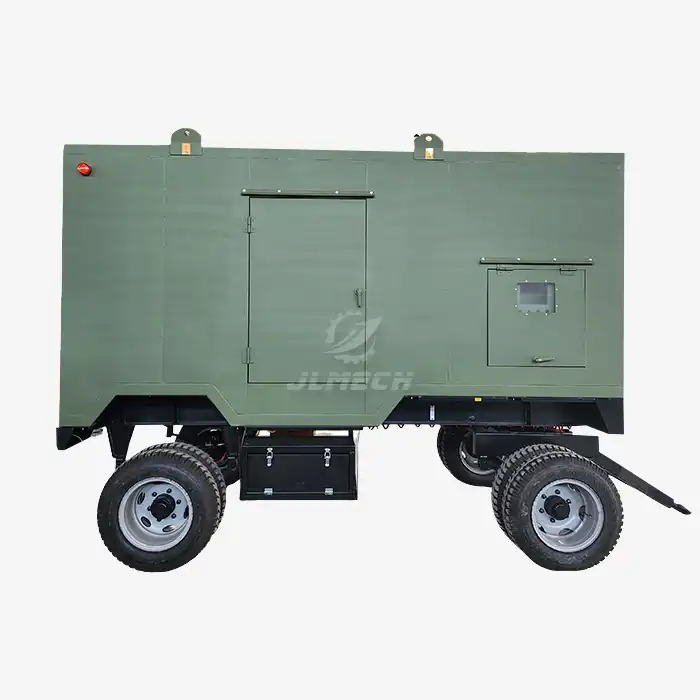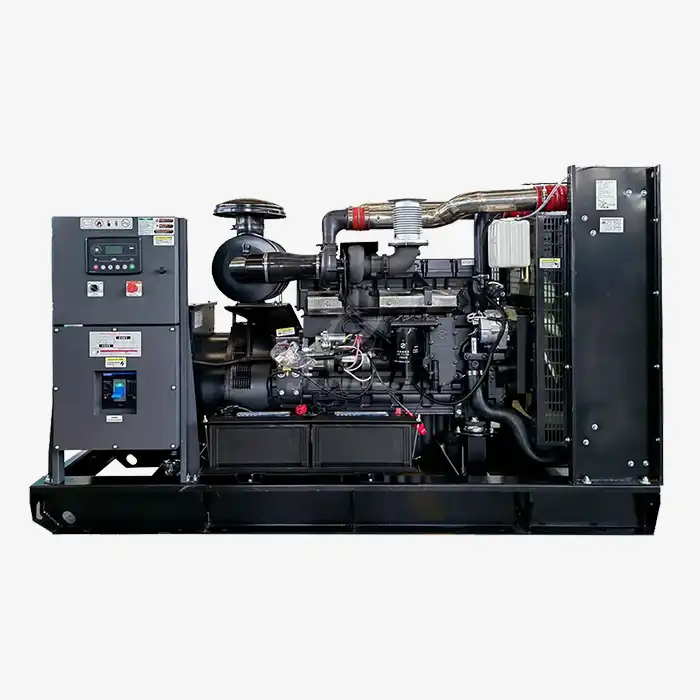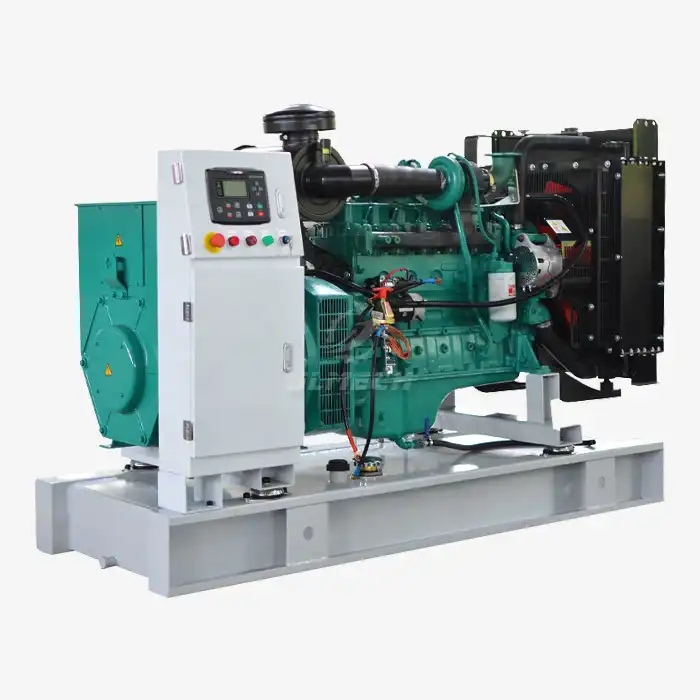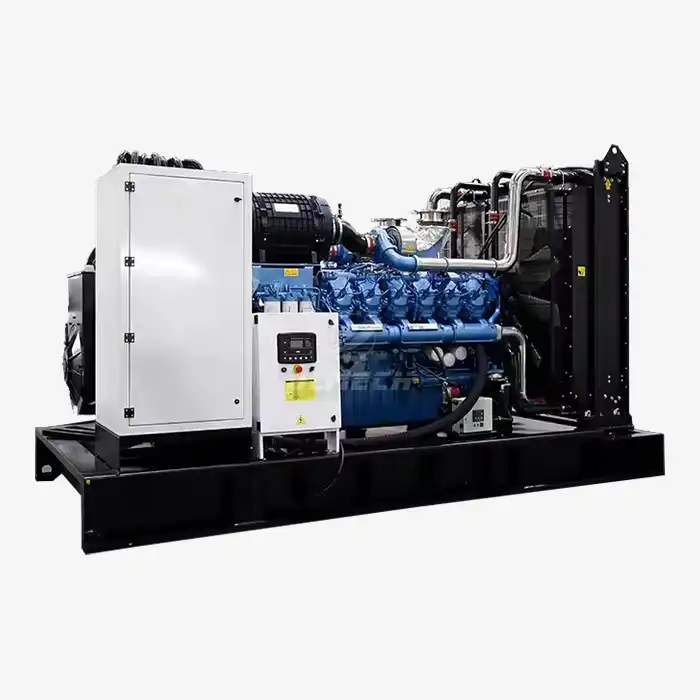How big is a 150 kVA generator?
When planning for a power solution, understanding the physical dimensions and weight of a generator is just as crucial as knowing its electrical output. A 150kva diesel generator represents a popular tier of power generation, balancing substantial capacity with relative practicality. However, its physical footprint can vary significantly based on design and configuration. This article provides a comprehensive analysis of the size, weight, and installation considerations for a standard 150kva diesel generator, empowering you to make informed logistical and operational decisions for your project.

Typical Dimensions and Weight
While exact measurements differ between manufacturers and models, a standard canopy-enclosed 150kva diesel generator typically falls within a predictable range. Understanding these parameters is essential for site preparation and transportation planning.
Length: Generally ranges from 2,800 mm to 3,500 mm (9.2 to 11.5 feet)
Width: Commonly between 950 mm and 1,200 mm (3.1 to 3.9 feet)
Height: Typically measures from 1,500 mm to 1,800 mm (4.9 to 5.9 feet)
Dry Weight: Usually weighs between 1,600 kg and 2,200 kg (3,500 to 4,850 lbs), depending on the engine and alternator materials.
These dimensions represent a standard sound-attenuated canopy model. Open models or units with integrated base fuel tanks will have different specifications.
Key Factors Influencing Size
The physical size of a generator is not arbitrary; it is directly influenced by its internal components and performance features. Several key factors determine the final footprint of a 150kva diesel generator.
Engine Size and Type: The diesel engine is the largest and heaviest component. A more robust engine, often from brands like Cummins, Perkins, or Volvo, will require a larger frame.
Cooling System: Larger radiators are needed for efficient heat dissipation, especially in high-temperature environments, which increases the overall length.
Enclosure Type:
Open Model: The most compact and lightweight, but unsuitable for noise-sensitive areas.
Canopy Enclosed: Adds significant size and weight due to soundproofing materials and structural framing.
Weatherproof/Silent Enclosures: These offer the highest level of protection and noise reduction, resulting in the largest physical dimensions.
Integrated Fuel Tank: Units with a large base fuel tank for extended runtime will be taller and heavier.
Control System: Advanced control panels and automatic transfer switches integrated into the canopy can also affect the overall dimensions.
Installation Space Requirements
Providing adequate space around the generator is critical for safety, performance, and maintenance access. The physical dimensions of the unit itself are only part of the equation.
Clearance for Airflow: A minimum of 1 meter (3.3 feet) on all sides is recommended to ensure the radiator and engine receive sufficient cool air for combustion and cooling. Restricted airflow is a primary cause of overheating.
Maintenance Access: Plan for extra space, especially on the side with the control panel and filters (typically 1.5 meters), to allow technicians to comfortably service the unit, perform oil changes, and replace components.
Exhaust and Utility Access: Additional space is needed for the installation of exhaust piping, fuel supply lines, and electrical conduits.
Overall Footprint: As a rule of thumb, the total area required for a 150kva diesel generator installation is often double the unit's own footprint to account for these critical clearances.
Logistical and Site Considerations
The size and weight of the generator have direct implications for transportation and site preparation, which must be addressed before delivery.
Transportation:
Due to its weight and dimensions, a 150kva diesel generator typically requires a flatbed truck or trailer for transport.
It is often classified as a heavy or oversized load, which may necessitate special permits and route planning.
Site Access:
Verify that gate widths, road surfaces, and overhead clearances can accommodate the delivery truck and the generator itself.
Consider the need for cranes or forklifts with adequate capacity for offloading and final placement.
Foundation:
A level, reinforced concrete slab is mandatory. The slab must be designed to support the generator's weight, plus any dynamic loads during operation.
Anti-vibration mounts are often used to minimize noise and stress on the foundation.
Conclusion
The physical size of a 150 kVA generator is a multi-faceted consideration, extending beyond its basic length, width, and height. It encompasses the unit's weight, the required clearances for safe operation, and the logistical planning for its delivery and installation. A standard 150kva diesel generator is a substantial piece of industrial equipment, and proper planning for its footprint is essential for a successful and reliable power system installation. By understanding these spatial requirements upfront, you can avoid costly delays and ensure optimal performance for years to come.
Our technical team can provide you with detailed datasheets and layout drawings for our generator models. For specific dimensions and professional assistance with your installation planning, please contact us at skala@whjlmech.com.
References
Generator Manufacturers Association. (2021). Installation Guidelines for Industrial Generator Sets. GMA Technical Publication TP-104.
International Organization for Standardization. (2018). Reciprocating internal combustion engine driven generating sets — Part 5: Generating sets (ISO 8528-5:2018).
Carter, B. J., & Singh, R. (2021). Site Planning and Logistics for Medium-Capacity Power Generation Systems. Journal of Mechanical Engineering and Sciences, 15(2), 112-125.
National Fire Protection Association. (2020). Standard for Emergency and Standby Power Systems (NFPA 110).



